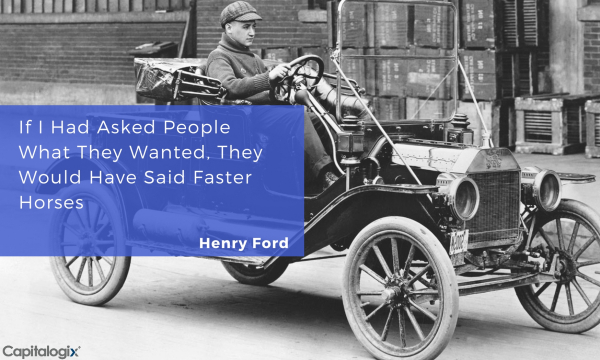When I think about the invention of the wheel, I think about cavemen (even though I know that cavemen did not invent the wheel).
Lots of significant inventions predated the wheel by thousands of years. For example, woven cloth, rope, baskets, boats, and even the flute were all invented before the wheel.
While simple, the wheel worked well (and still does). Consequently, “reinventing the wheel” is often used derogatorily to depict needless or inefficient efforts.
Nonetheless, there are good reasons to reinvent the wheel. Scientists recently developed an innovative shape-shifting wheel that can adapt its form depending on the terrain, enhancing mobility for vehicles like wheelchairs and robots. This new design addresses the limitations of traditional wheels, allowing for real-time adjustments to navigate uneven surfaces.
But how does that compare to sliced bread (which was also a significant invention)?
Even though the wheel is considered a symbol of innovation, it took over 300 years for it to be used for travel. Upon closer examination, this delay is understandable. In order for a wheel to be used for travel, it needs to have an axle and must be durable and strong enough to bear heavy loads, which requires advanced woodworking and engineering skills.

All the aforementioned products created before the wheel (except for the flute) were necessary for survival. That’s why they came first.
As new problems arose, so did new solutions.
Necessity is the mother of invention.
Unpacking that phrase is a good reminder that inventions (and innovation) are often solution-centric.
Too many entrepreneurs are attracted to an idea because it sounds cool. They get attracted to their ideas and neglect their ideal customers’ needs. You see it often with people slapping “AI” onto their product and pretending it’s more helpful.
If you want to be disruptive, cool isn’t enough … your invention has to be functional and fix a problem people have (even if they don’t know they have it.) The more central the complaint is to their daily lives, the better.

Henry Ford famously said: “If I had asked people what they wanted, they would have said faster horses.”
Innovation means thinking about and anticipating wants and future needs.
Your customers may not even need something radically new. Your innovation may be a better application of existing technology or a reframing of best practices.
Uber didn’t reinvent a new car; they created a new way to get from where you want with existing infrastructure and less friction. Netflix didn’t reinvent the movie; they made it easier for you to watch one.
As an entrepreneur, the trick is to build for human nature (meaning, give people what they crave or eliminate the constraint they are trying to avoid) rather than the cool new tech you are excited about.
Human nature doesn’t change much … Meanwhile, the pace of innovation continues to accelerate.
The challenge is to focus on what people want rather than the distraction of possibility. That gets harder as more things become possible.
Onwards!

Leave a Reply